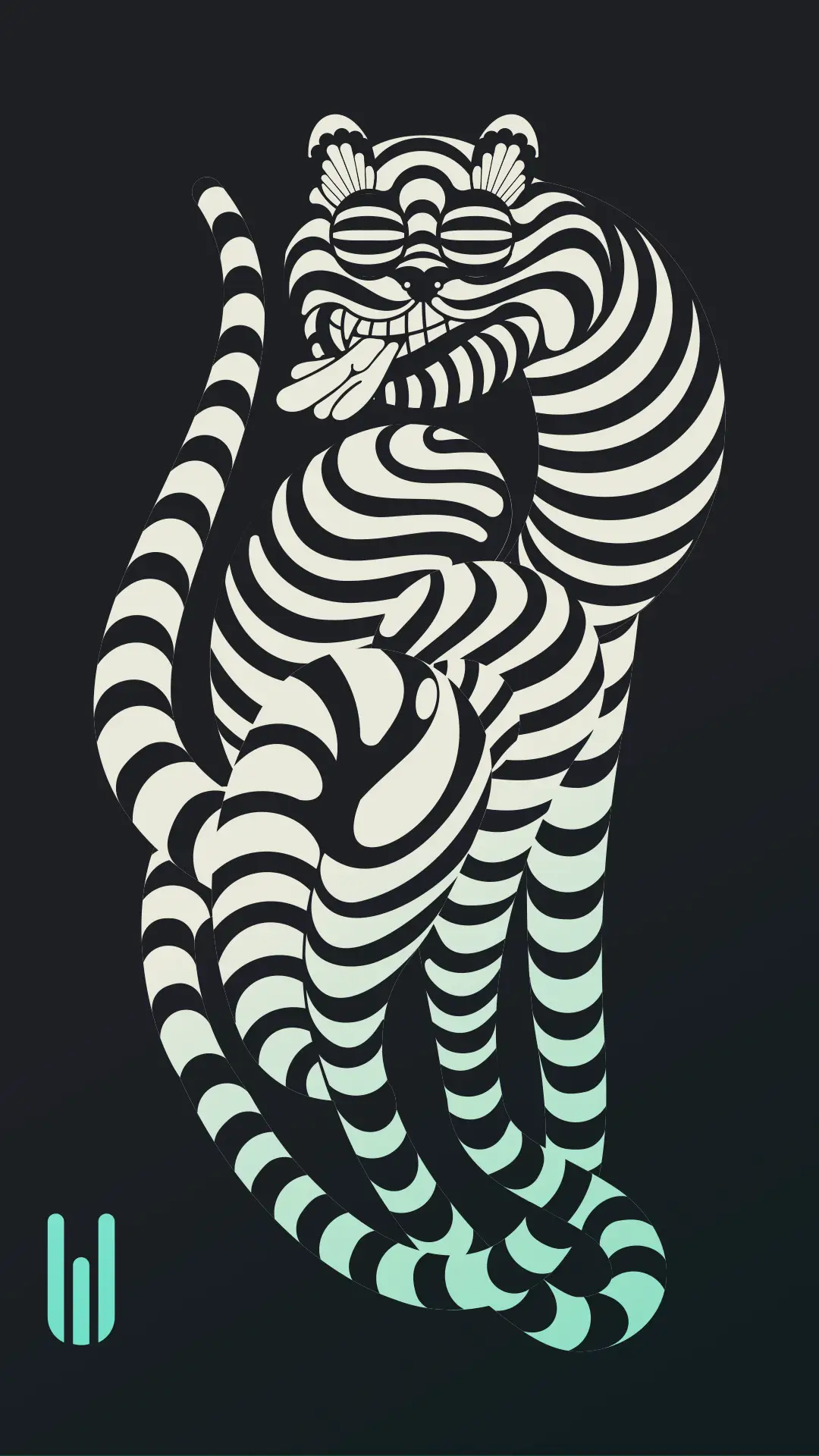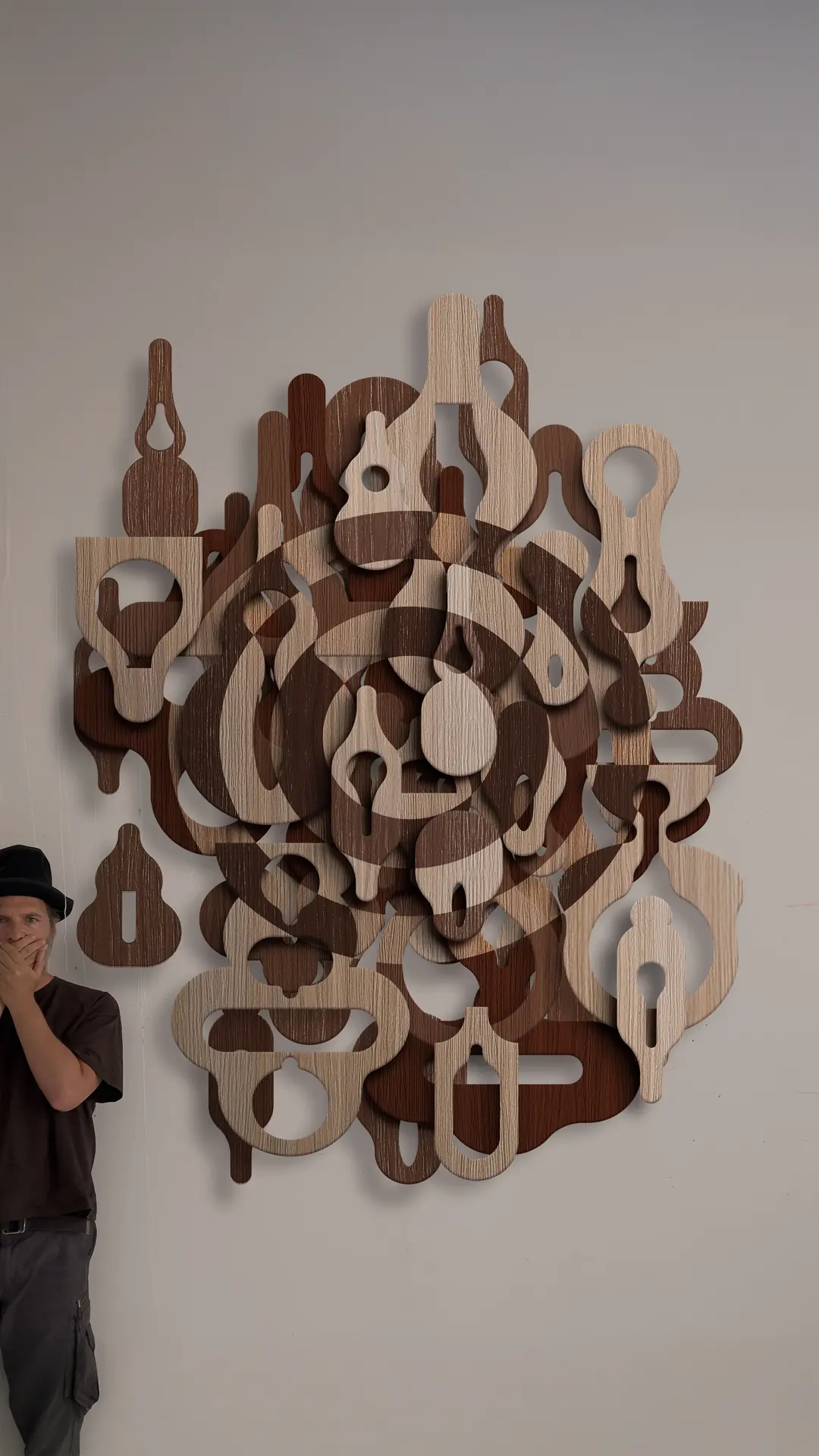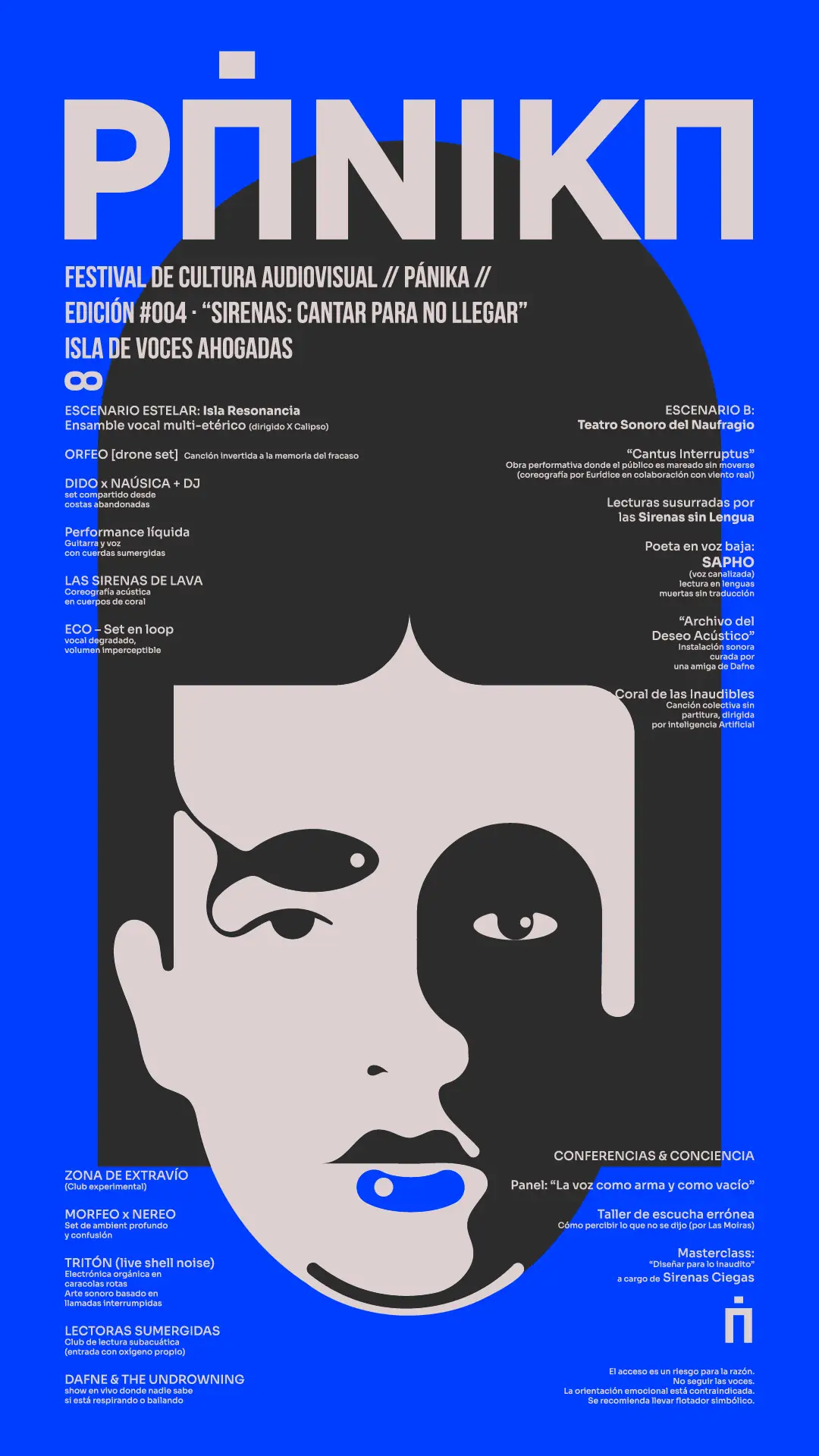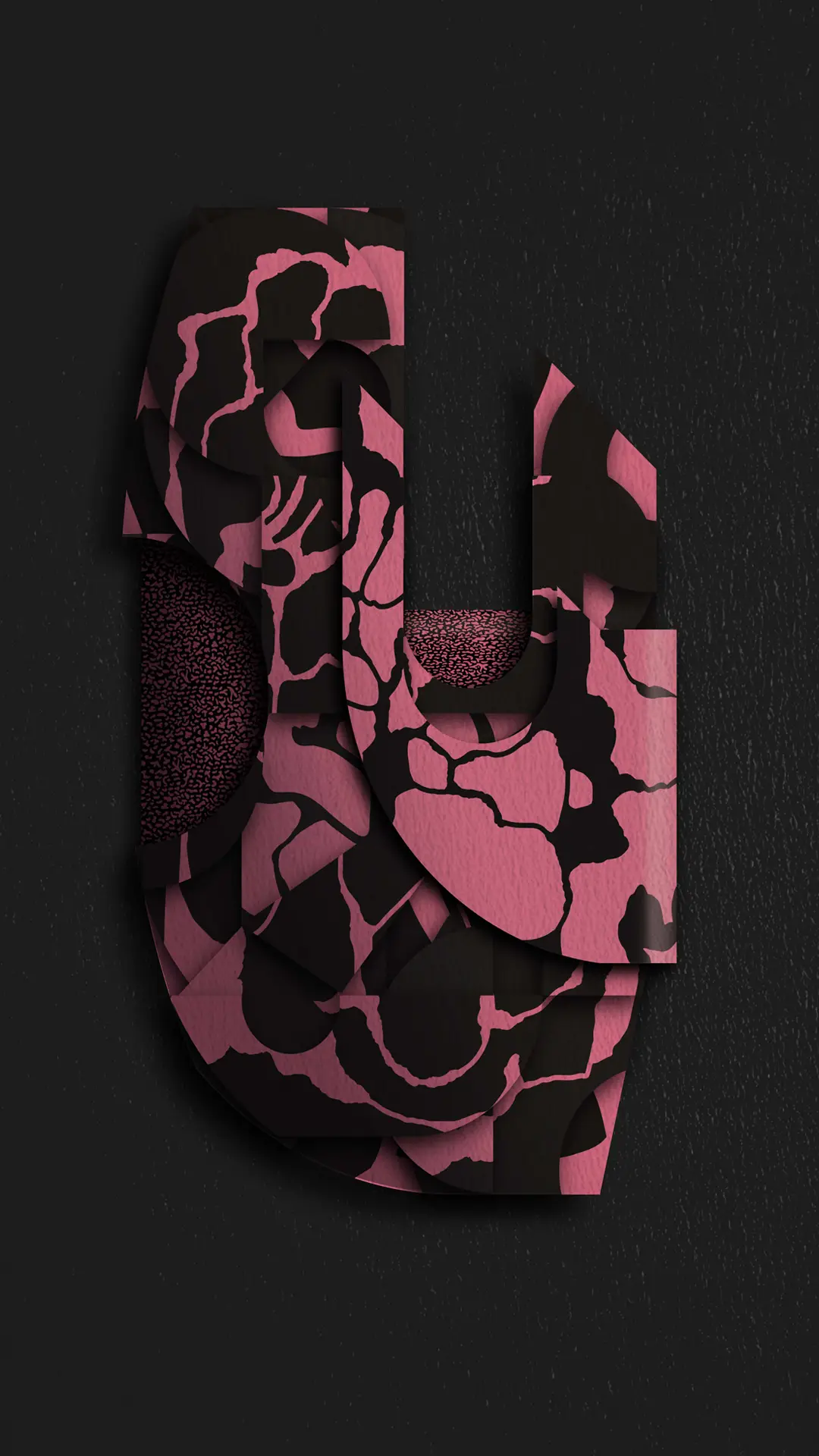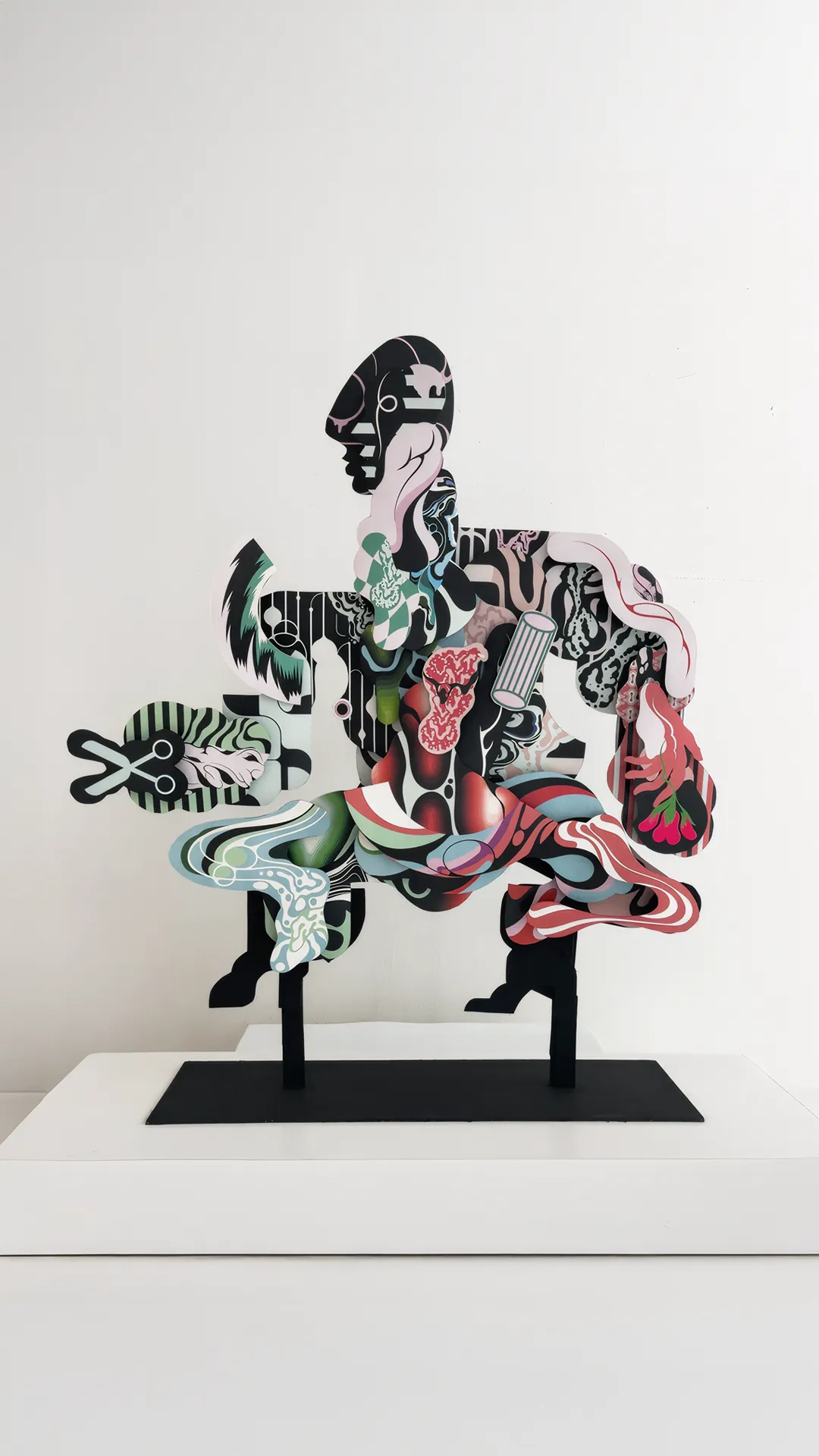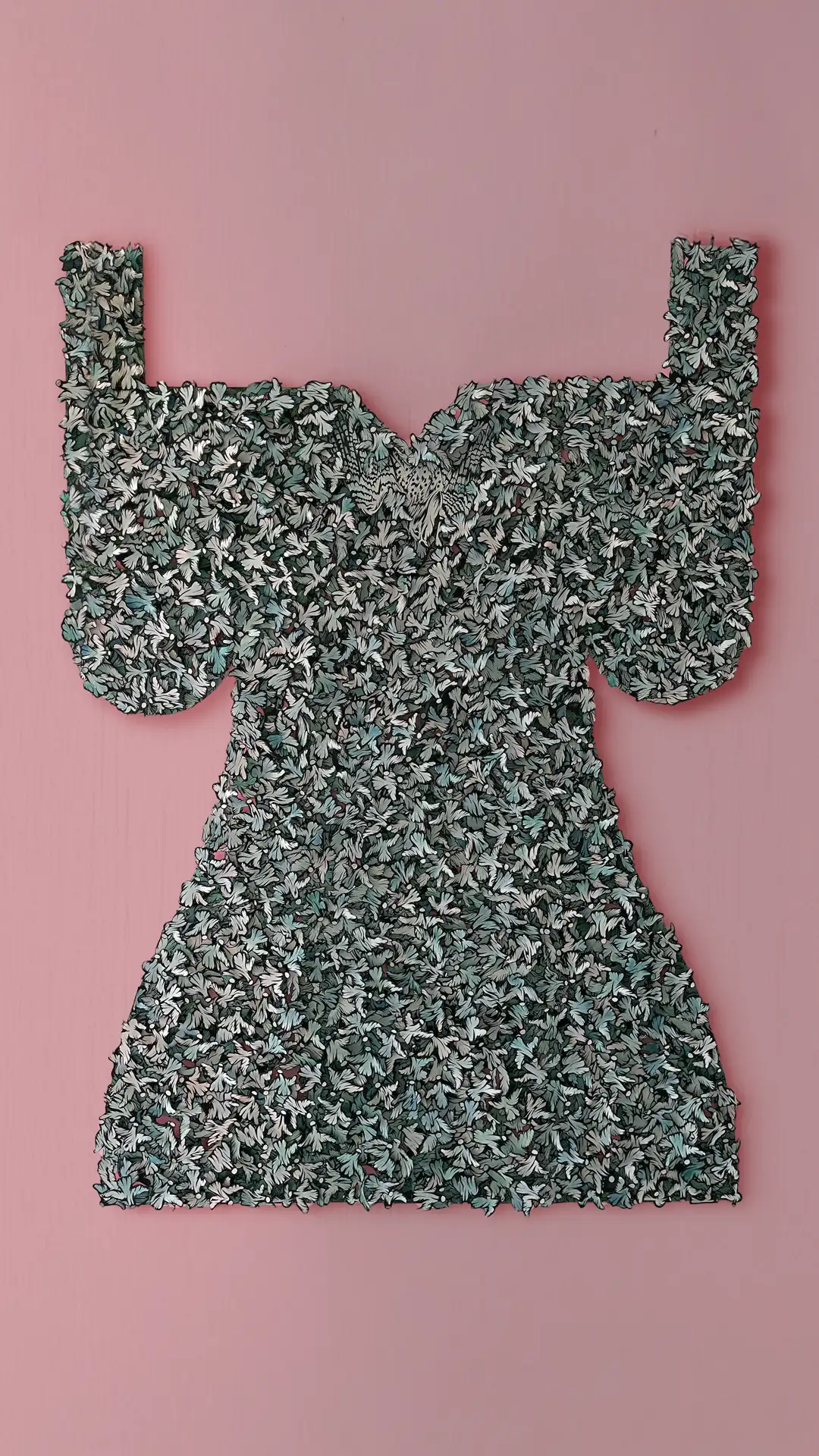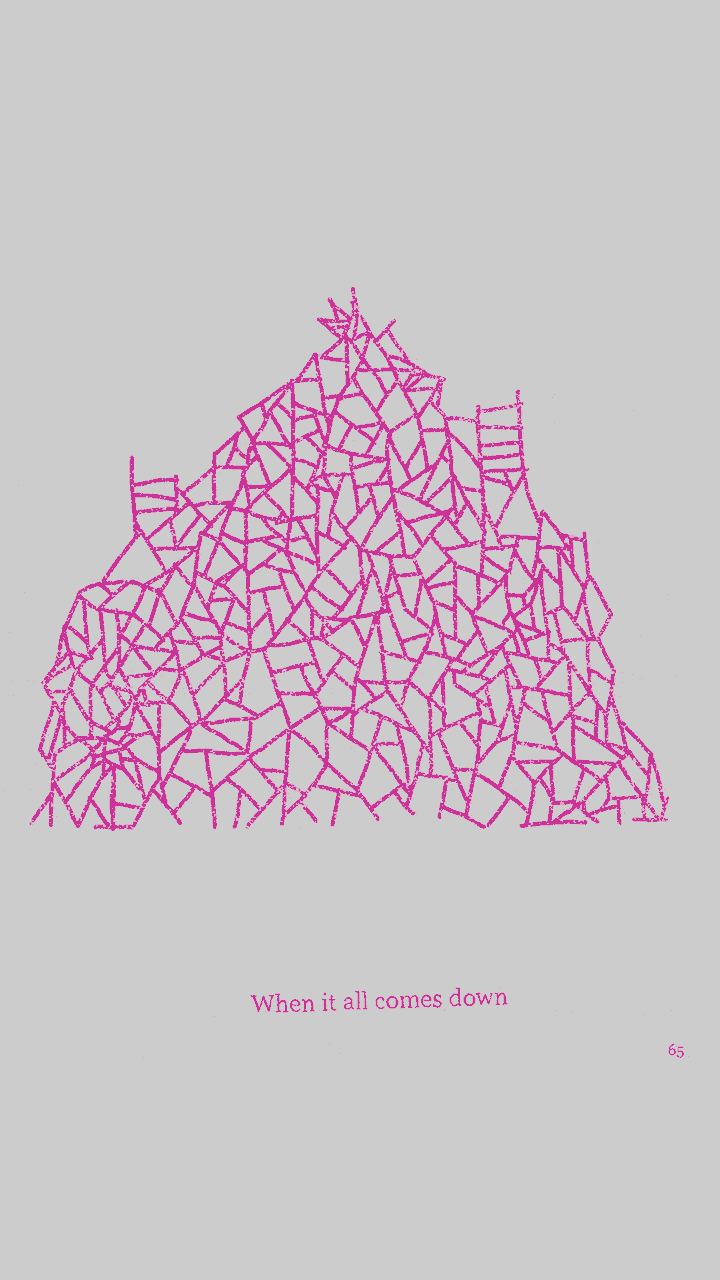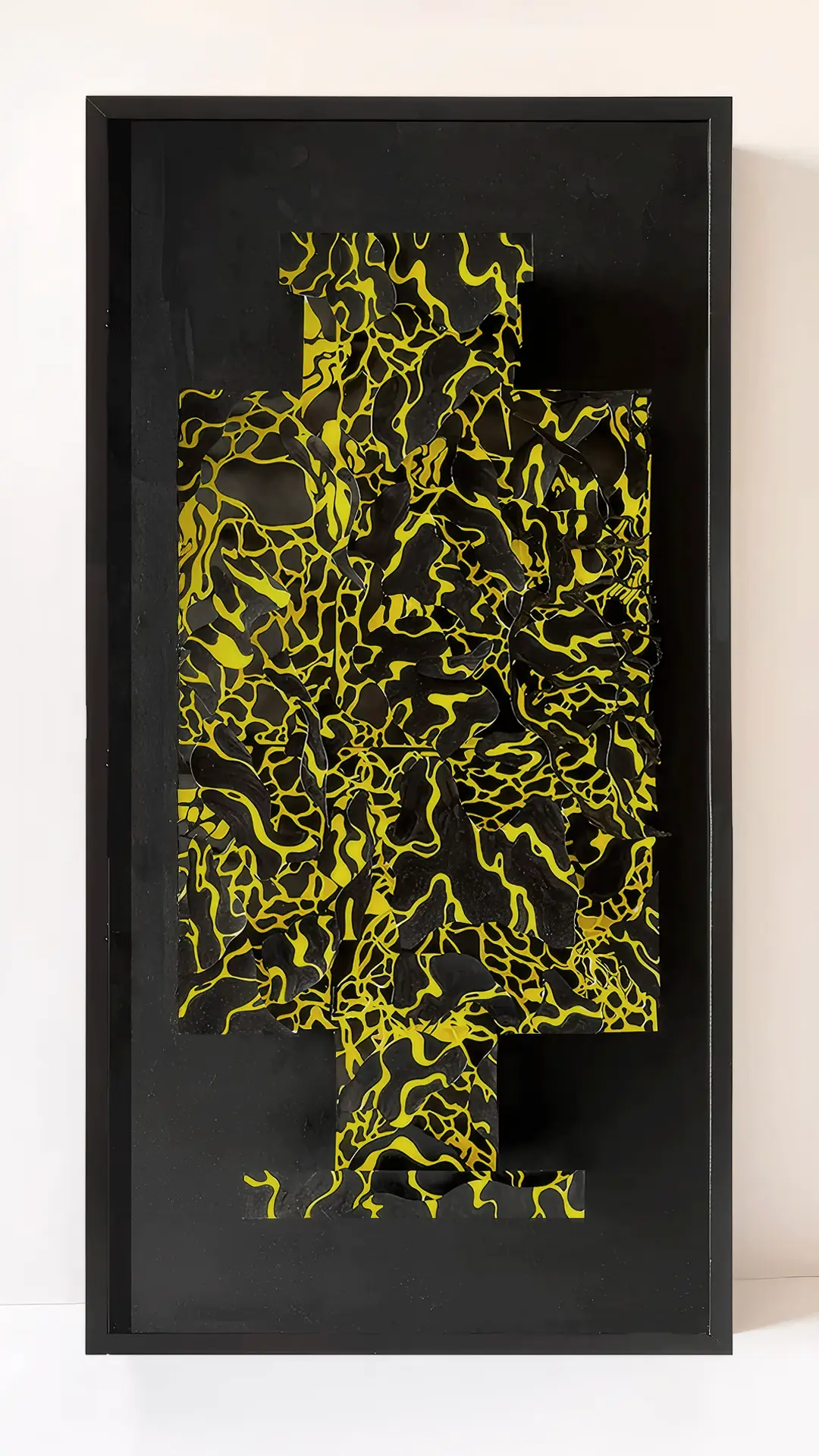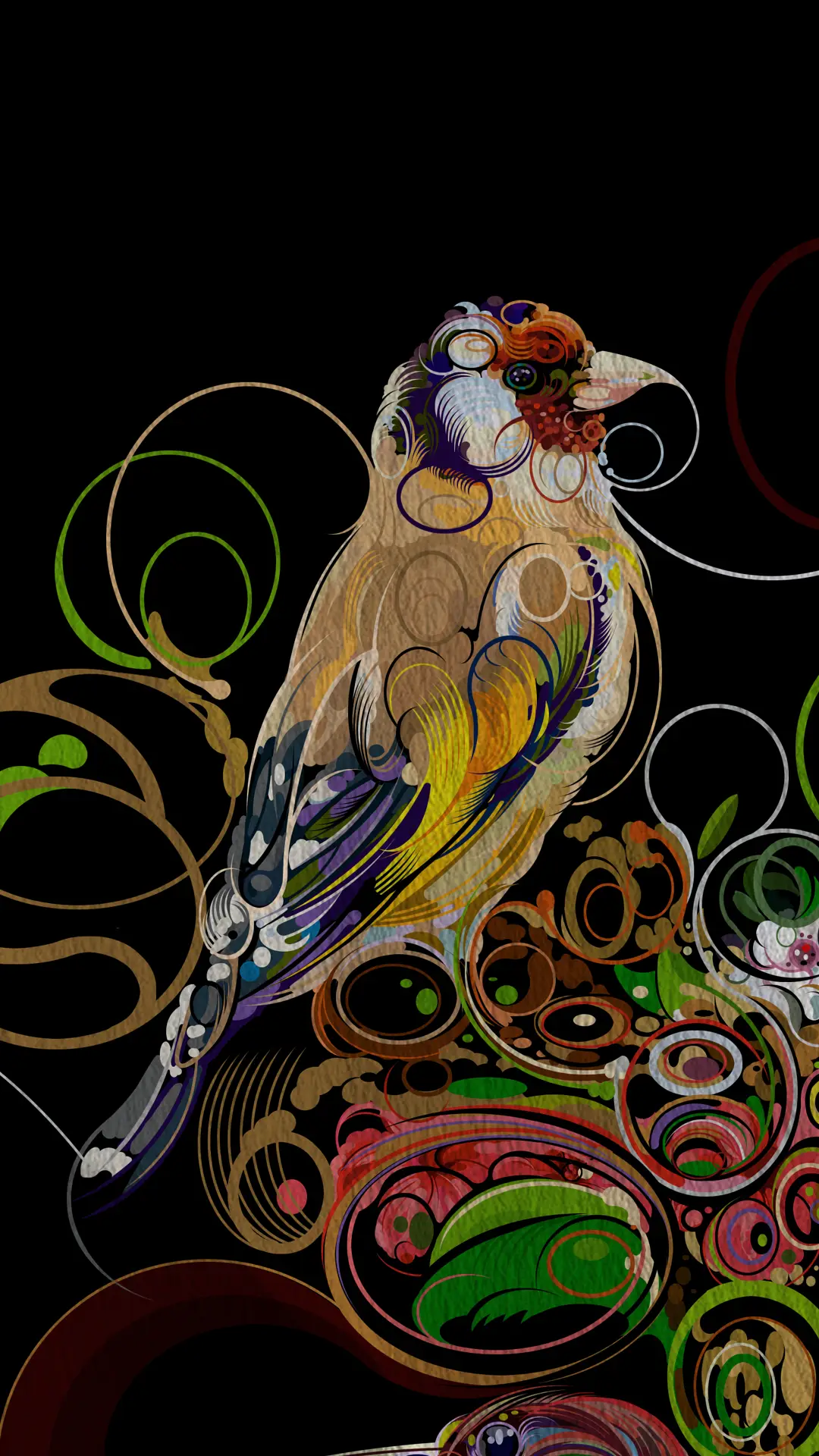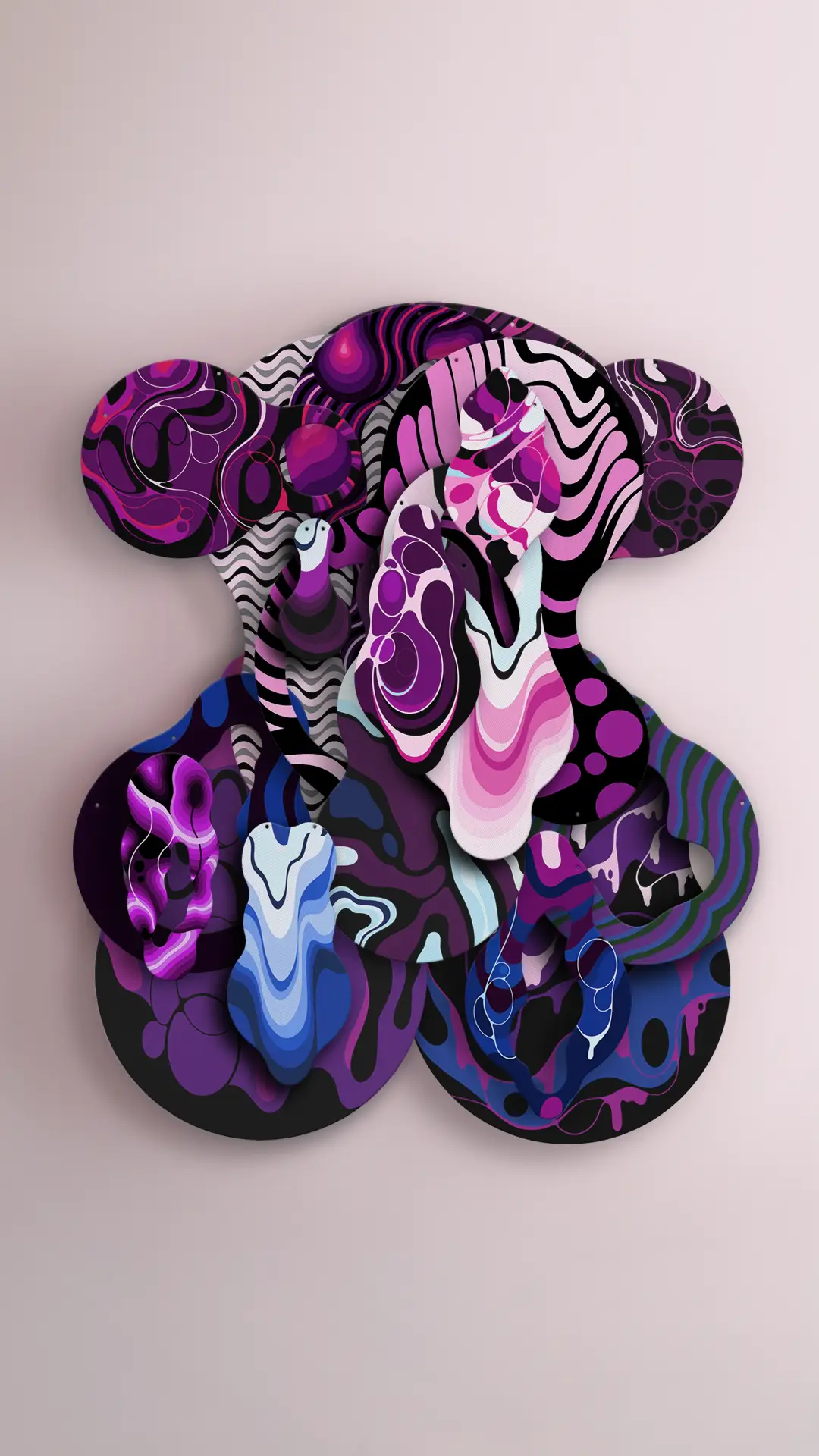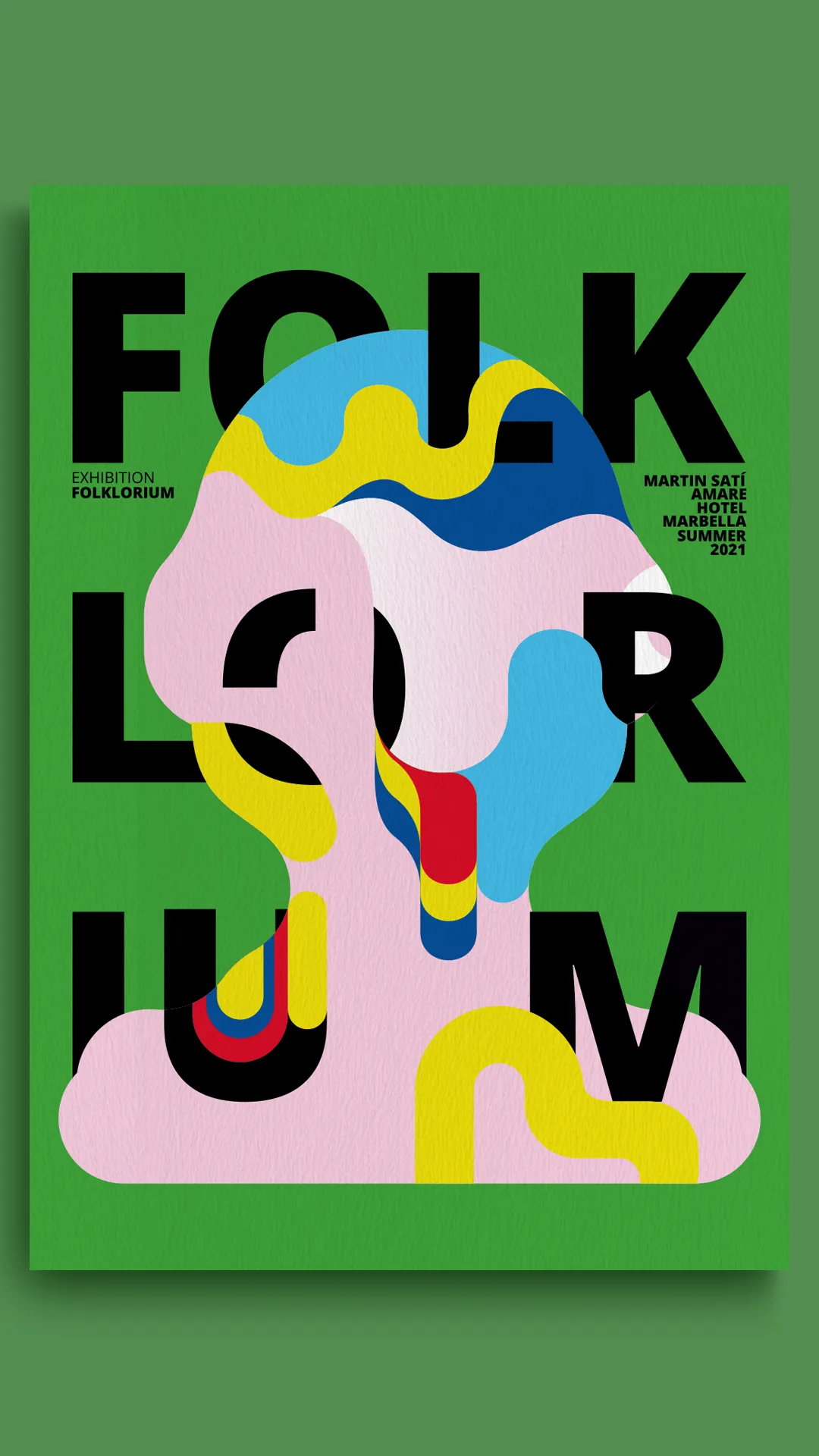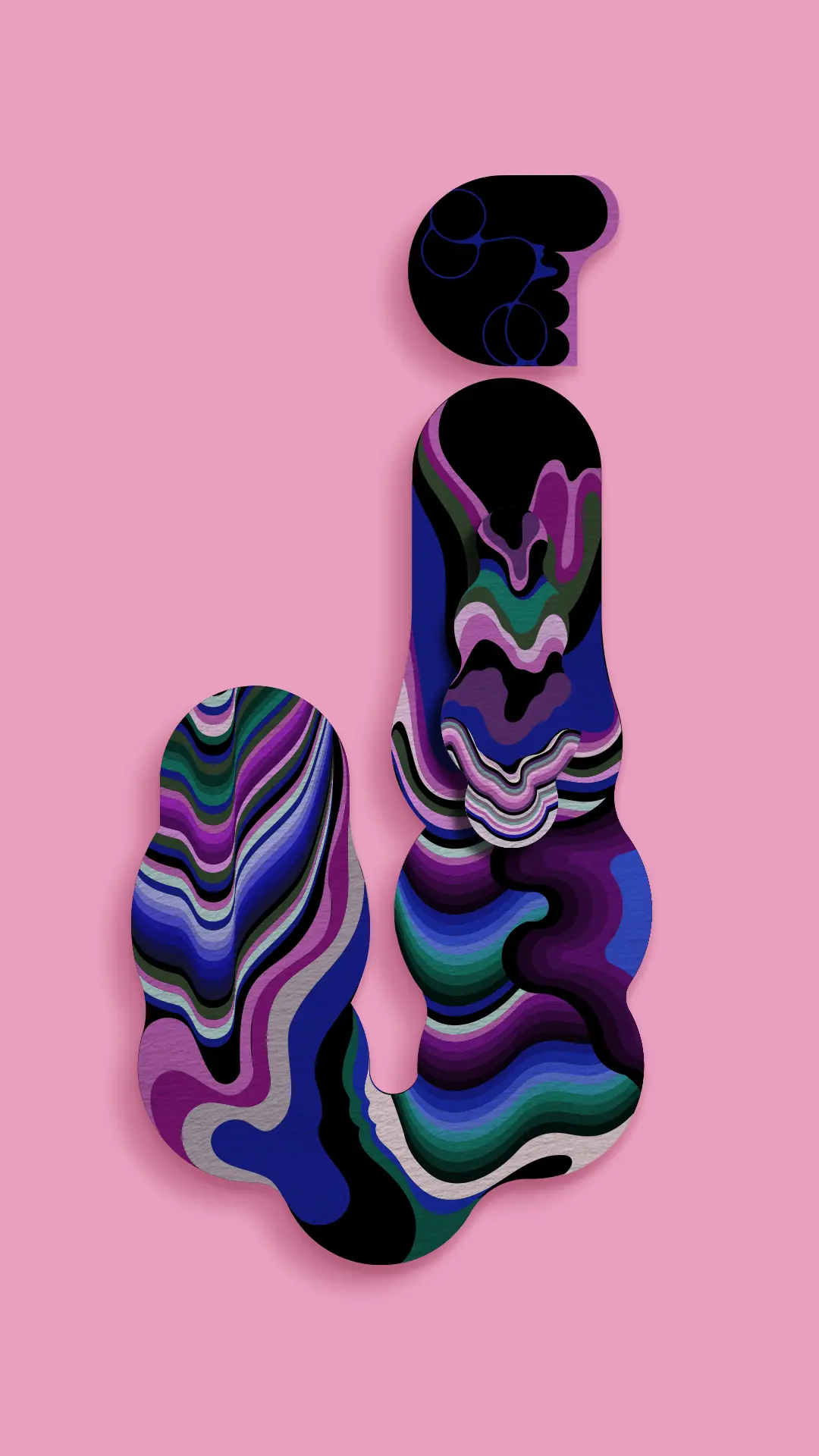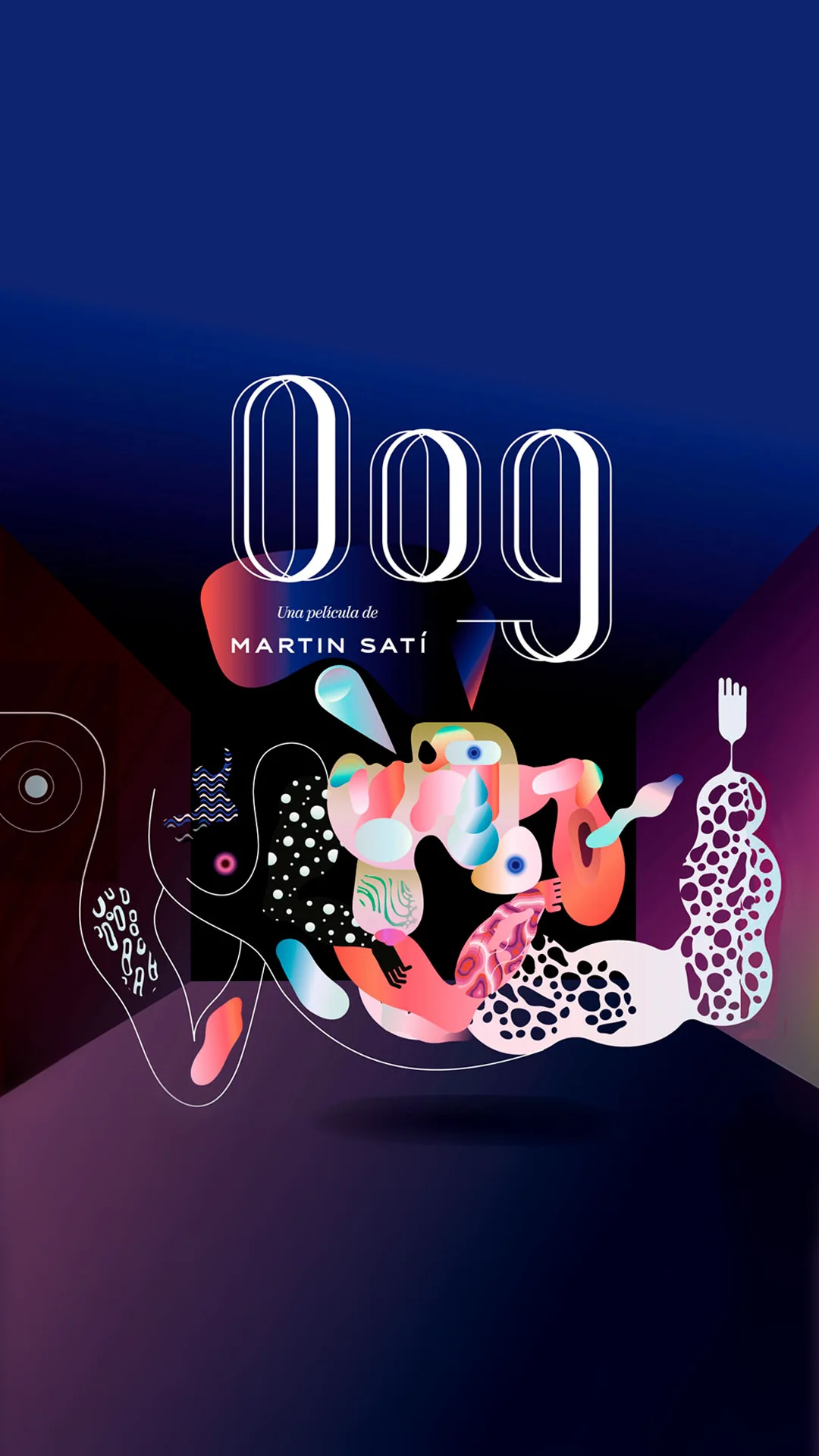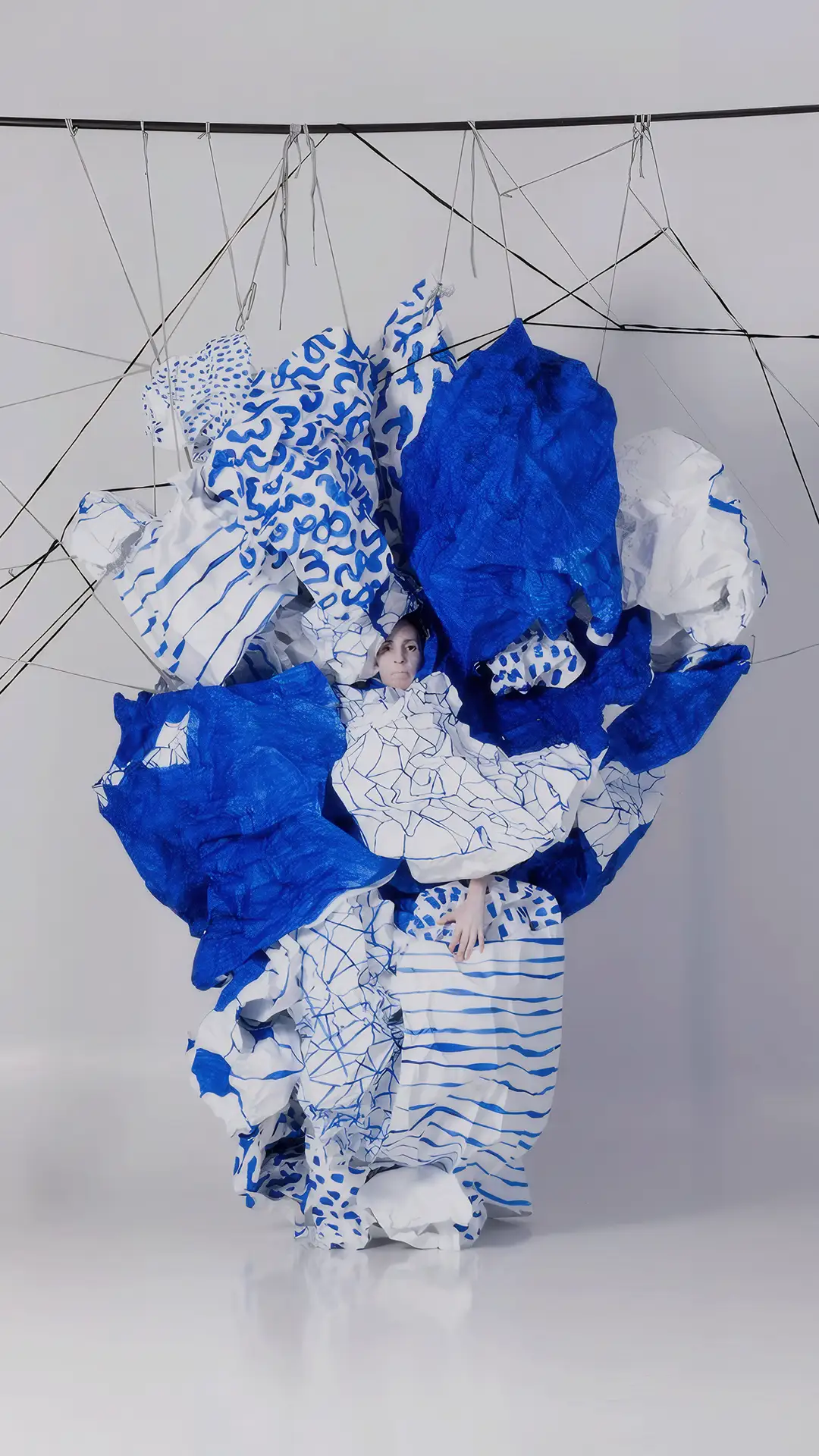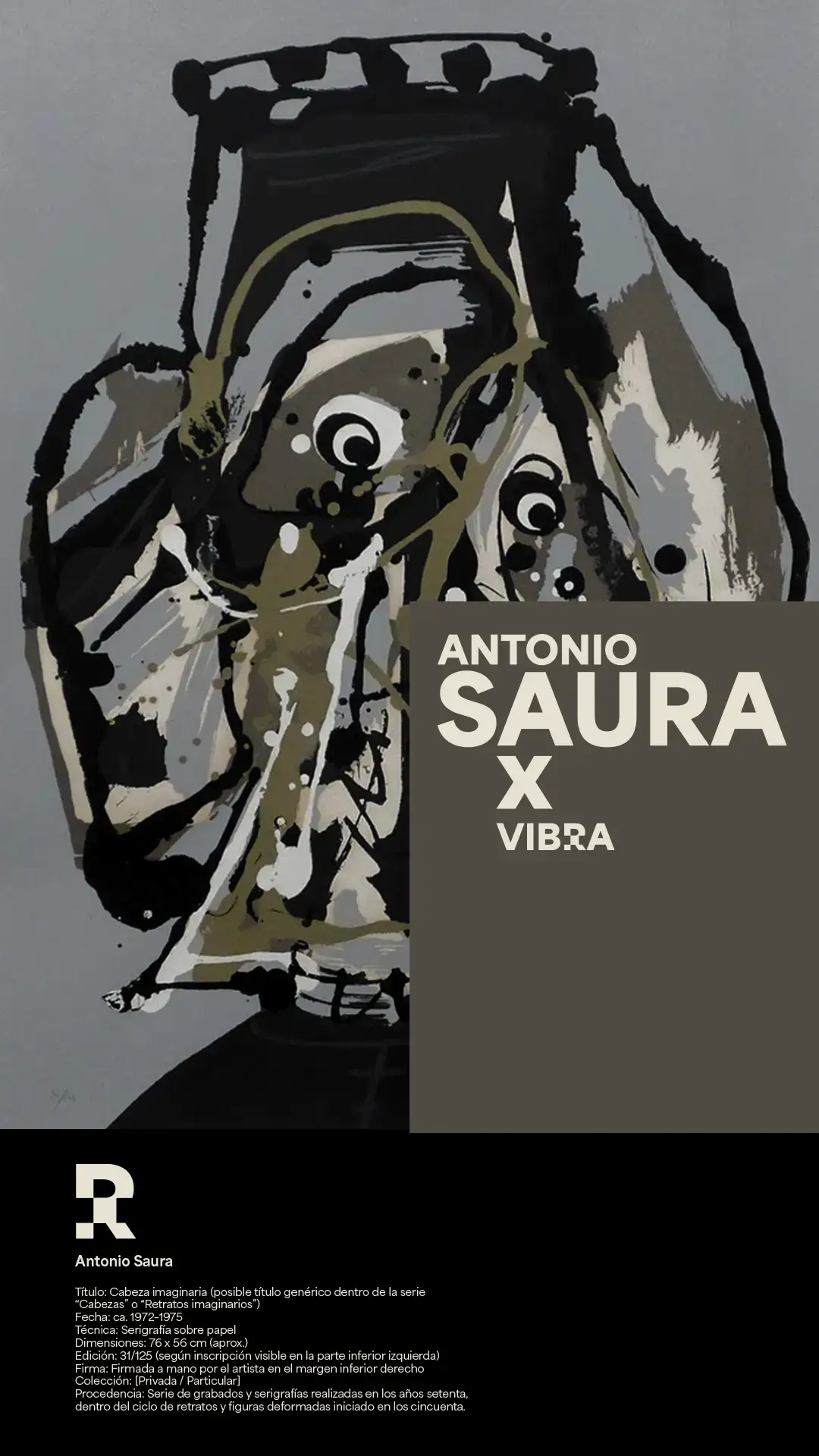
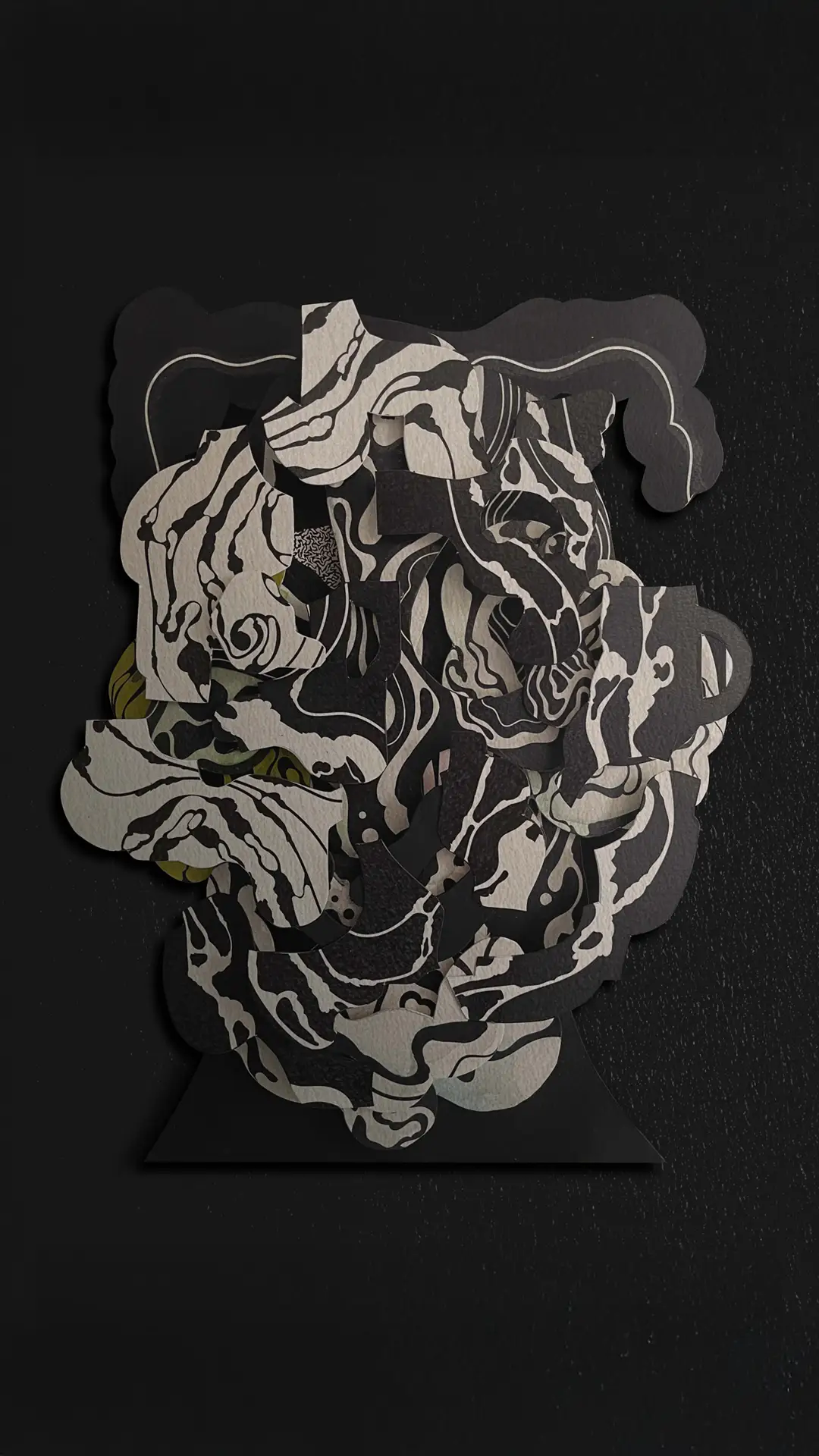
Vibra begins with a simple idea: to use design to enter painting fully, not to domesticate it. The aim is not to illustrate a face, but to build a field of forces in which that face barely holds. That is where sensation appears. It is not an expressive theme in a romantic sense; it is a working protocol.
The face is treated as an interface—not as identity, but as a surface for reading. Goya teaches us the weight of blackness that submerges the figure. Antonio Saura, the calligraphy that wounds and recomposes. Between them there is a methodology: organize the liquid and keep it unstable. Design provides that minimal organization. Painting provides the necessary instability.
Construction of form
Form is born from layers that do not quite fit. Each layer proposes a gesture, a direction, a rhythm. When they overlap, the match is partial and an optical tremor appears. That tremor is not an effect: it is evidence that the gestures compete. The figure is recognized and at the same time it is lost. The face is built through approximations and through gaps. The gaps are not silences; they are pressure zones that force the eye to complete. That effort of the eye is part of the sensation.
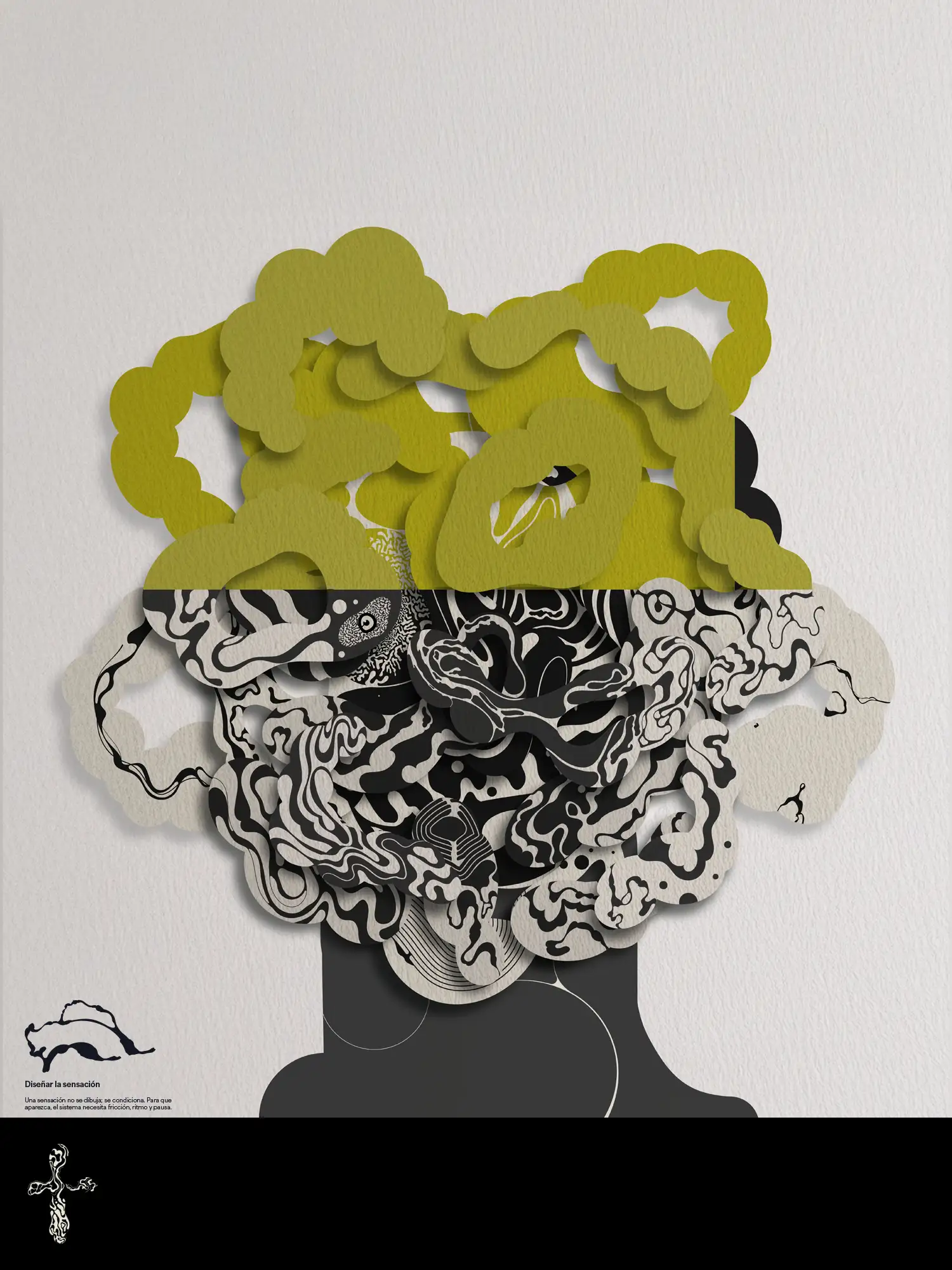
A pictorial methodology through design
Design appears to order operations: anticipate, test, review. To anticipate is not to sketch “the image,” but to set the conditions of play: range of gestures, speeds, zones of collision. To test is to generate variations within that frame and force collisions. To review is to decide when to stop, which is the key point: to halt the figure just before collapse. That instant sustains the vibration.
I think of each decision as an adjustable parameter: layer density, figure/ground ratio, degree of line openness, internal contrast of the blot. I do not seek the best value; I seek the interval where the form oscillates between two possible readings. If the face locks, I step back. If it dissolves, I recover anchors. The process is iterative and conscious, but leaves room for the unforeseen. The error is not corrected immediately; it is integrated to increase tension.
Designing the sensation
A sensation is not drawn; it is conditioned. For it to appear, the system needs friction, rhythm, and pause. Friction arises from disagreement between layers. Rhythm, from the alternation of gestures and sharp cuts. Pause, from the gaps that are not filled. When these three elements balance, the body vibrates. It does not communicate a specific feeling; it produces a state of attention.
In practical terms, the sensation is designed with three rules:
1. Do not seal the bodies, but avoid getting lost in total abstraction.
2. Generate modes of energy to move the bodies.
3. Modulate time toward a slow simmer and allow a complex drift.
From painting to time
The audiovisual does not translate the painting; it exposes its internal (psychical) time. It works with micro-displacements of the layers and minimal oscillations of the line. There is no narrative. The goal is to keep the eye attentive to the established rhythm. Darkness functions as a “silence” that makes the vibration of the stroke audible. The animation simply renders that pulse visible.
Process self-critique
The danger is falling into comfortable expressionism or flashy graphics. To avoid this I return to two questions:
Does the mask function as an interface of sensation or as decoration?
Does the layer system think the form or merely repeat it?
If the answers are not clear, parameters are readjusted and superfluous gestures removed. We prefer the precision of a well-designed tension to the epic of the brushstroke.
Vibra is design applied to painting to make a vibration visible. A face built by layers, breathing through gaps, halted a second before disaster. It does not offer a stable image; it proposes a way of looking. To design here is to build the conditions for that sensation to occur and remain, if only for an instant.
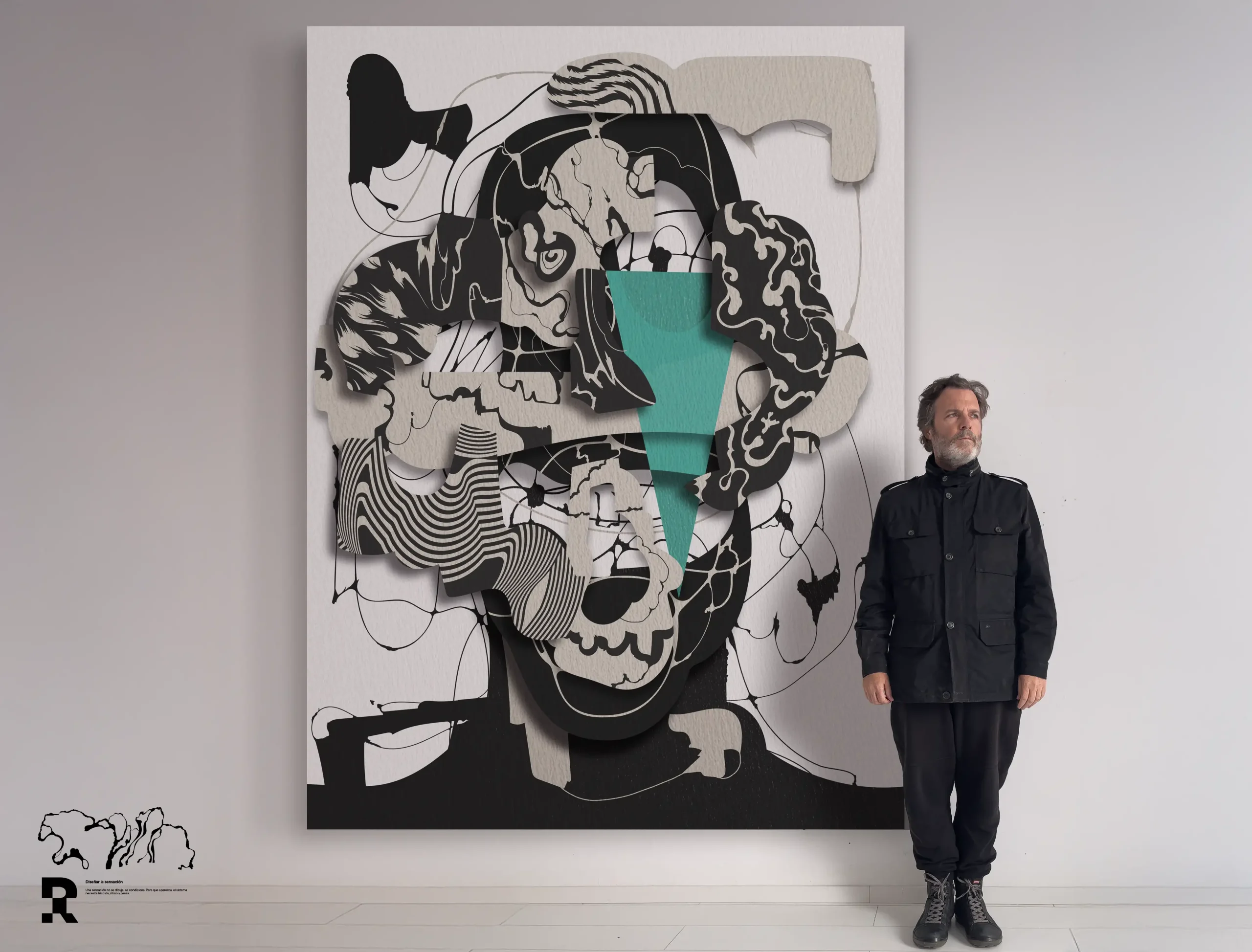
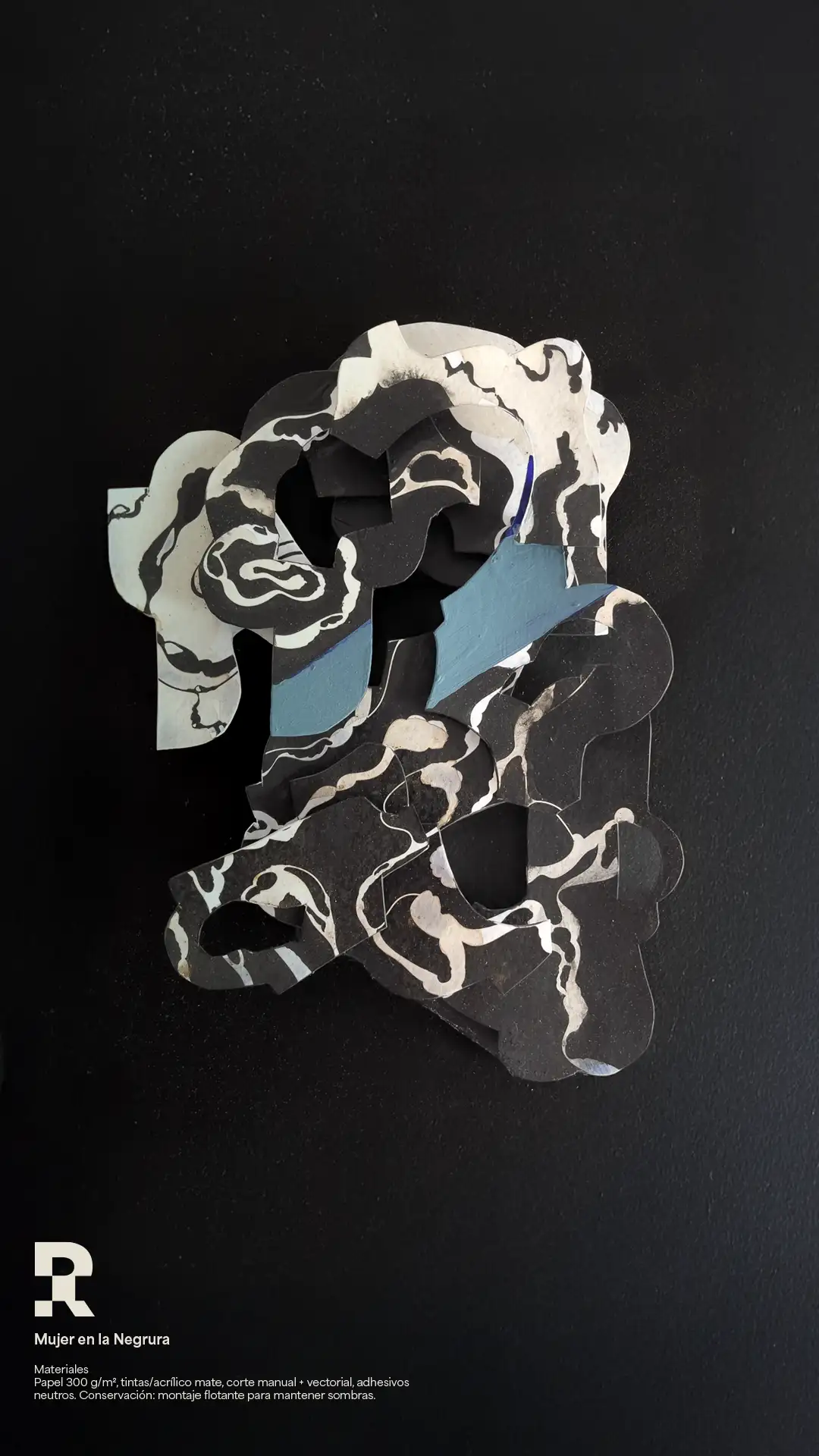
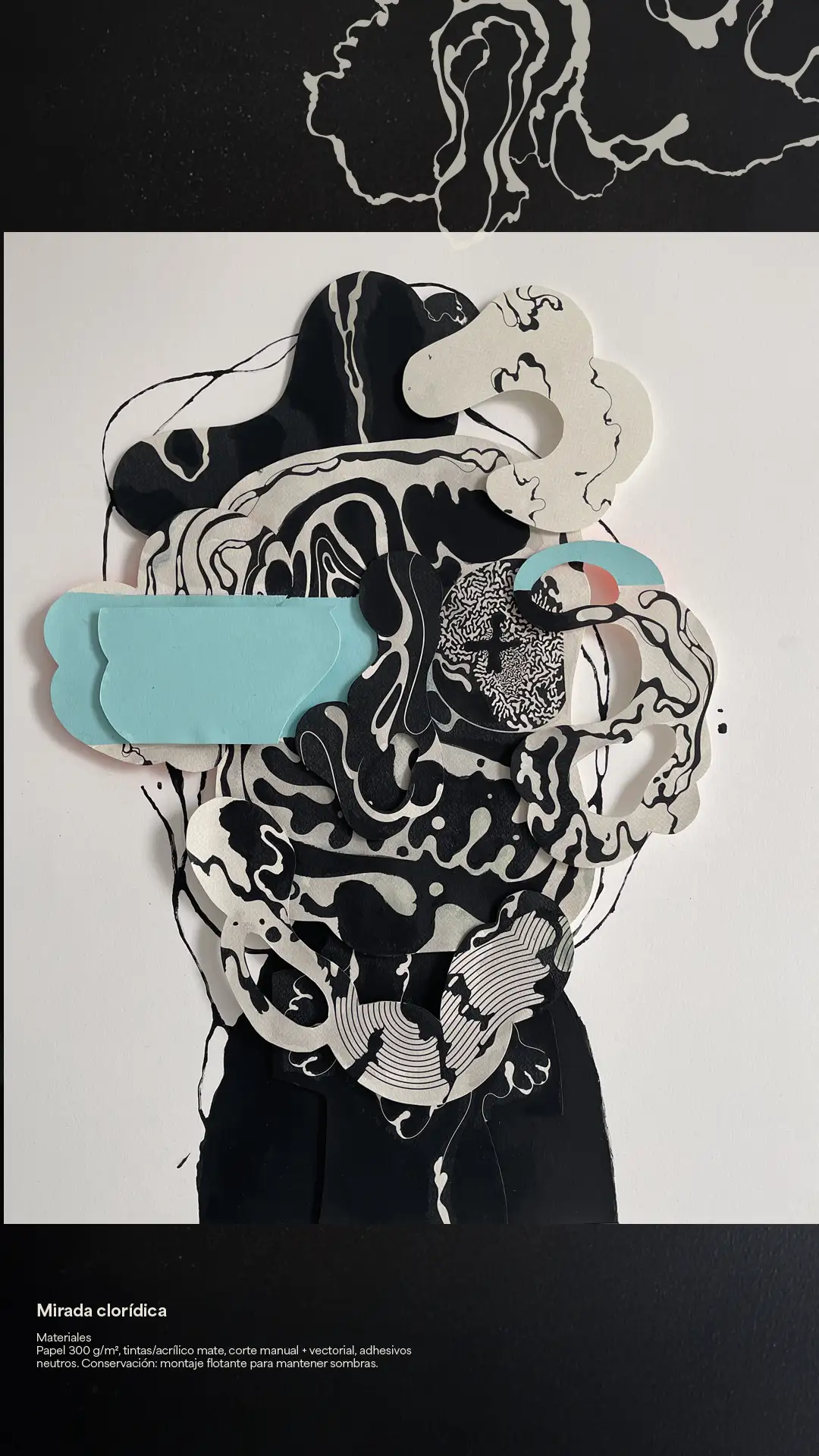
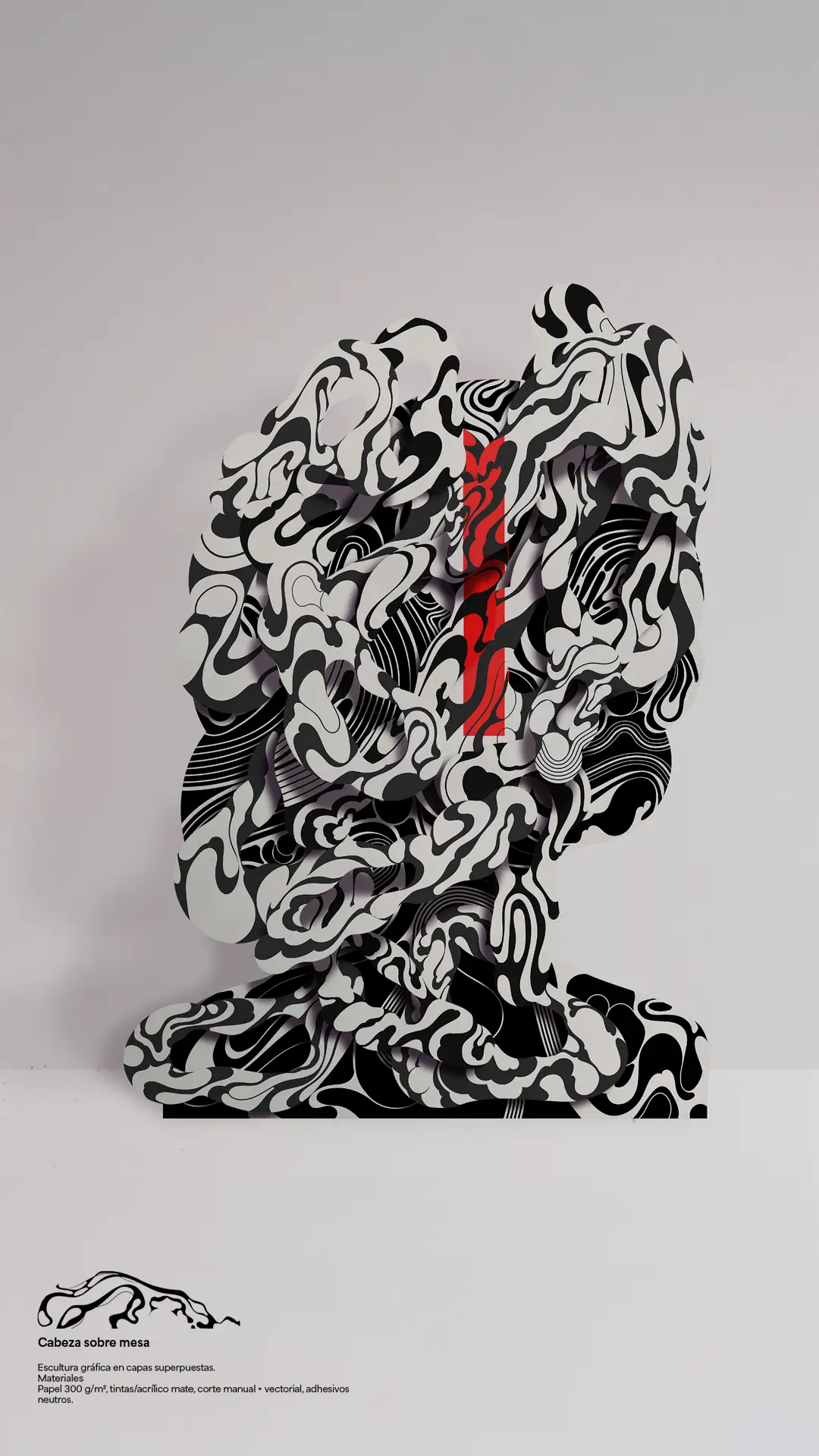
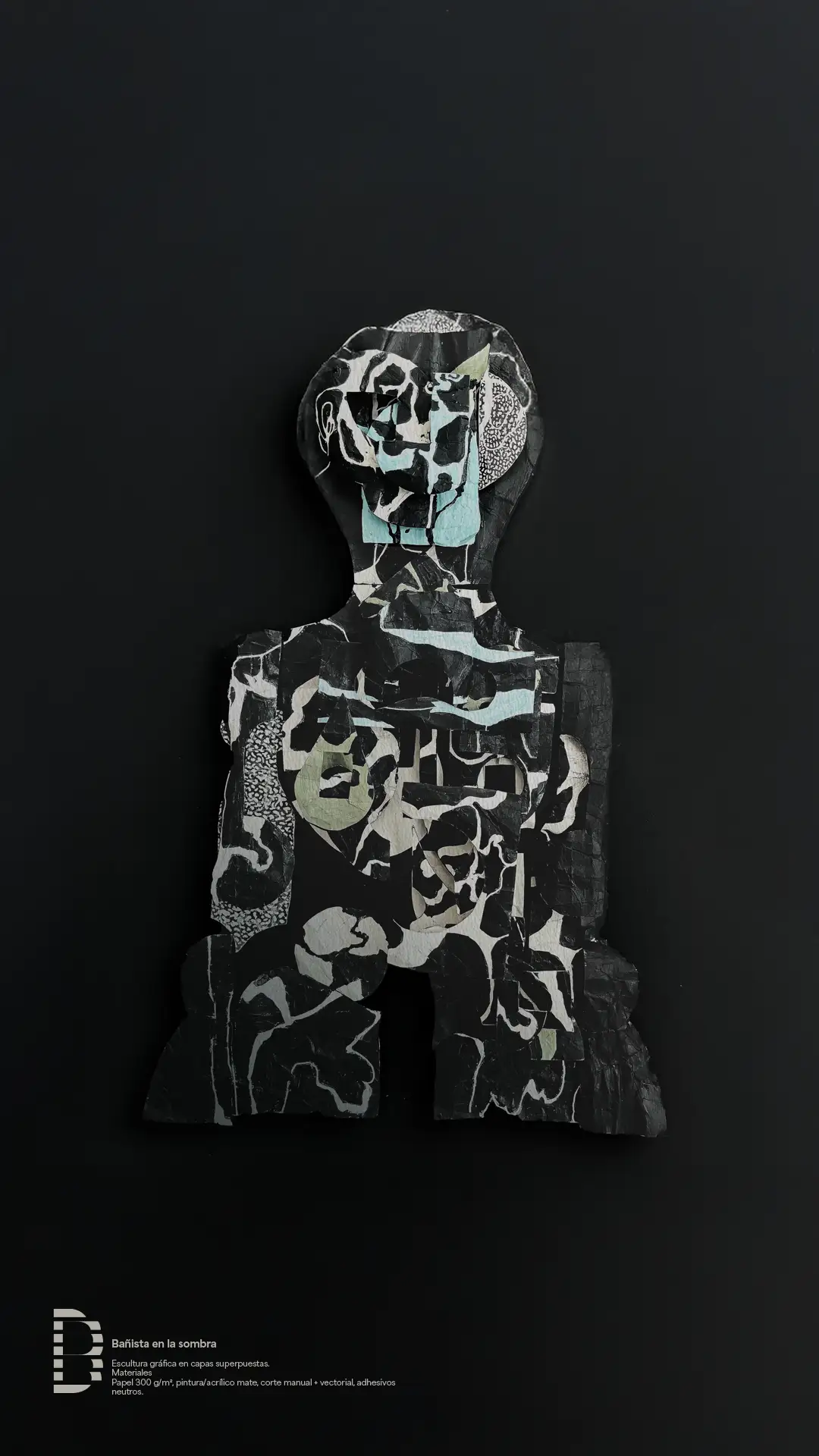
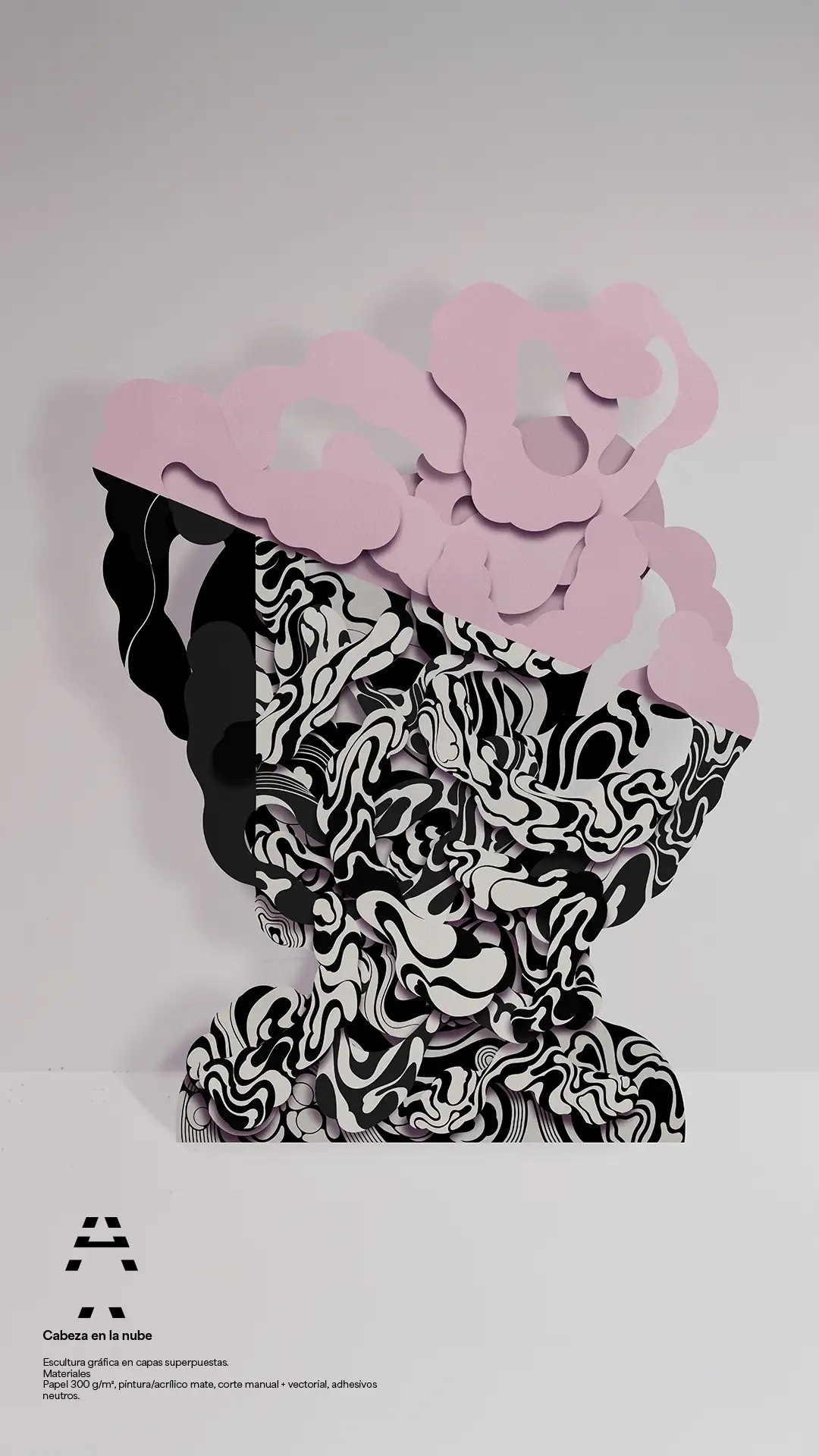
< View all work >
Contact
martin@martinsati.com
Follow me
Info
Terms and Conditions
Privacy policy
Copyright © 2025 Martin Satí.
